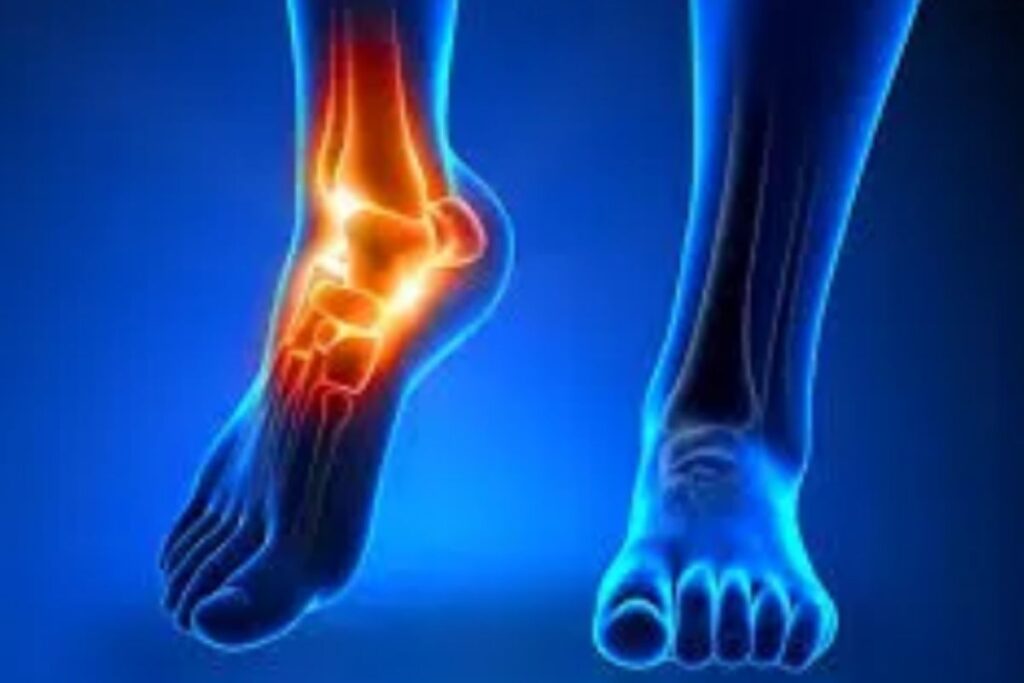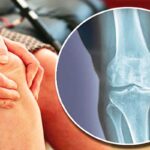
Foot and ankle injuries are very common, especially in individuals who are always very active, engage in sporting activities, or have underlying medical conditions. These may include mild sprains to more serious fractures. The level of pain and discomfort these conditions can cause can hinder activities of daily living. It is therefore important to prevent these injuries and seek treatment if such an injury occurs.
This blog discusses the best practices to prevent foot and ankle injuries, as well as treatment options, including professional care from the Best Orthopedic Surgeon in PCMC, Dr. Ashish Suryawanshi.
Prevention of Foot and Ankle Injuries
Foot and ankle injuries can often be prevented through proper footwear, stretching, strengthening exercises, and mindful activity choices. Let’s break down these methods:
1. Wear Proper Footwear: Wearing the right shoes for your activities is one of the most effective ways to prevent foot and ankle injuries. Choose shoes that provide adequate support, cushioning, and fit, especially if you are participating in high-impact activities like running, sports, or long-distance walking. Avoid shoes that are too tight or too loose, as they can increase the risk of blisters, sprains, or fractures.
2. Warm-Up and Stretch: A proper warm-up routine before any physical activity can prepare your muscles and joints for the demands ahead. Stretching your calves, hamstrings, and feet helps maintain flexibility and reduces the likelihood of strains or sprains. Incorporating dynamic stretches such as leg swings, toe touches, and ankle circles can help enhance mobility in the foot and ankle.
3. Strengthening: Well-developed muscles in the foot, ankle, and lower legs help to absorb shock from the impact of movement as well as support the body movements. Toe raises, ankle rotation, and balance exercises, such as on a wobble board or single-leg stance, can improve strength and stability. These measures can be highly effective in preventing injuries.
4. Avoid Overexertion: Overtraining or pushing your body too hard can increase the likelihood of injuries. Gradually increase the intensity of your exercise routine so that your body gets to adjust to new demands. Similarly, rest days are crucial for allowing muscles to recover and repair.
5. Surface Conditions: Running or even walking on a rough slippery surface can be a sprain on an ankle, fracture, or twisted feet. Watch your environment before exercising outdoors and take the precaution of wearing protective gear, including ankle supports or braces if necessary.
6. Use Orthotics If Needed: For people who have flat feet, high arches, or other structural anomalies of the foot, orthotics can be used to help prevent foot and ankle injuries by redistributing pressure and supporting the foot.
Common Foot and Ankle Injuries
Despite taking preventive measures, foot and ankle injuries can still happen. Knowing common injuries can help individuals recognize symptoms early and seek proper treatment:
• Ankle sprains are among the most common injuries affecting the foot and ankle. The injury occurs when ligaments around the ankle stretch or tear It typically happens when the foot is twisted or turned in an abnormal manner. Common symptoms include swelling, bruising, and pain while walking or putting weight on the foot.
• Fractures: Foot and ankle fractures can be due to trauma, such as a fall or car accident, or stress fractures from repetitive motion, commonly seen in athletes. Symptoms usually include intense pain, bruising, and difficulty moving the affected area.
• Achilles Tendonitis: Pain along the posterior aspect of the ankle joint usually results due to inflammation of the tendon that connects the calf muscles to the heel. Such an injury is most common among athletes performing running and jumping exercises.
• Plantar Fasciitis: A case where the plantar fascia develops inflammation. This band is located at the bottom side of the foot, acting to hold the foot at this part. It creates stings when one takes steps shortly after waking up.
• Bunions: A bunion is a bony bulge that occurs at the base of the big toe joint, which causes redness and swelling. Bunion can be exacerbated by an ill-fitting shoe and due to repetitive pressure on the foot.
Treatment Options for Foot and Ankle Injuries
Treatment for foot and ankle injuries varies depending on the severity and type of injury. For minor injuries, conservative treatment is typically acceptable; severe cases require medical treatment. Here are the primary treatment options:
1. Rest, Ice, Compression, and Elevation (R.I.C.E.): For minor injuries like sprains or strains, the R.I.C.E. method is often the first step. Rest the injured foot, apply ice to reduce swelling, use compression to support the area, and elevate the foot to prevent further swelling.
2. Medications: Over-the-counter pain relievers like ibuprofen or acetaminophen may be helpful in reducing pain and swelling. A doctor can also prescribe stronger medications for more serious pain.
3. Physical Therapy: A physical therapist can devise a specific rehabilitation program to regain movement, strengthen muscles, and regain balance. It is very effective after an injury like an ankle sprain or Achilles tendonitis.
4. Bracing and Splinting: For sprains or fractures, bracing or splinting can provide additional support and stability during the healing process. A well-fitted brace can help prevent further injury while allowing for controlled movement.
5. Surgical Intervention: In severe cases, such as fractures, tendon ruptures, or severe arthritis, surgery may be necessary. Dr. Ashish Suryawanshi, the Best Orthopedic Surgeon in Pune, offers expert surgical care for foot and ankle conditions. His clinics in Nigdi and Thergaon, Pune are equipped with state-of-the-art facilities to perform complex orthopedic surgeries. Dr. Suryawanshi is known for his expertise in minimally invasive techniques, helping patients recover faster with less pain.
6. Injections: For conditions like tendonitis, arthritis, or plantar fasciitis, patients might receive corticosteroid injections to calm down the inflammation and thus provide relief from the pain. Since it gives short-term relief, other forms of treatment kick in.
7. Surgical Reconstruction: If conservative treatments fail to alleviate the symptoms, then surgical options like tendon repair, ligament reconstruction, or even joint replacement may be required. Dr. Ashish Suryawanshi, the Best Orthopedic Surgeon in PCMC, is known for his foot and ankle surgeries and ensures that every patient receives personalized care.
Summary:
Proper care, including the right footwear, warming up, and strengthening exercises, can prevent foot and ankle injuries. Once the injury occurs, proper treatment should be sought immediately. Dr. Ashish Suryawanshi, Best Orthopedic Surgeon in PCMC, provides full treatment options at his clinics in Nigdi and Thergaon, Pune. His expertise in both conservative and surgical approaches makes him a top choice for patients seeking recovery from foot and ankle conditions.




